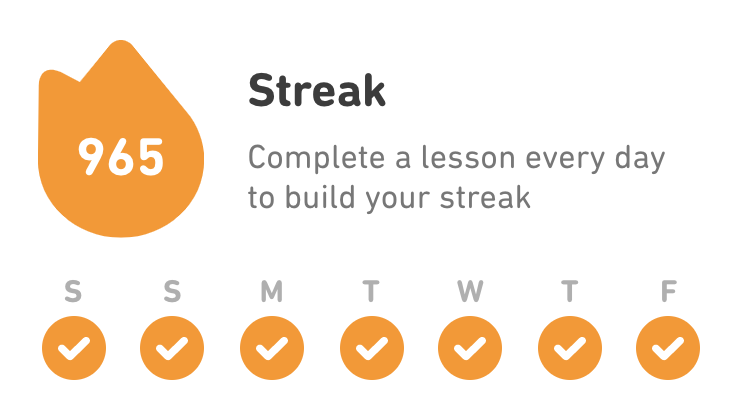A lot us generally try to keep some ideas to start doing something from the new year onwards and generally fizzle out within a month or two. Typical resolutions are like getting a six pack abs, running a marathon, learning to play an instrument etc. Many times we will end up with abstract goals or hard to achieve goals without any second thought into how difficult it is to achieve it.
What is the best way to hang on to a resolution? It is simple, concentrate on maintaining a streak of doing simple things every day instead of signing up for a large goal. I was able to achieve many things by doing simple things but everyday. Sort of a deliberate attempt at improving everyday by however small percentage that was.
This inspiration was drawn from Seinfeld calendar which was pointed out by my mentor. Maintaining a streak will bring discipline and will allow us to remain focussed on what we had signed up for. I had initially set out a goal to learn a foreign language to a level that if end up in a country speaking that language then I will be able to find my way to navigate around.

I did not go very far in learning another language when I had a resolution year on year to learn something. Things changed when I converted that to a streak, I installed Duolingo app and maintained a streak of not missing a single day of practice of learning a new language. It takes as little as 5 minutes to maintain the streak everyday. To my surprise I realised that I can learn to speak more than one language in a year at a tourist interaction level without consciously eyeing for it.
Little drops make mighty ocean
I had other streaks which helped me achieve different things without consciously working towards it. One such streak is minimum one blog a month that I have hit 10 years this month, it has been one of the most rewarding streaks that I have ever pursued. Plan for your lofty goals but approach it systematically through streaks.

